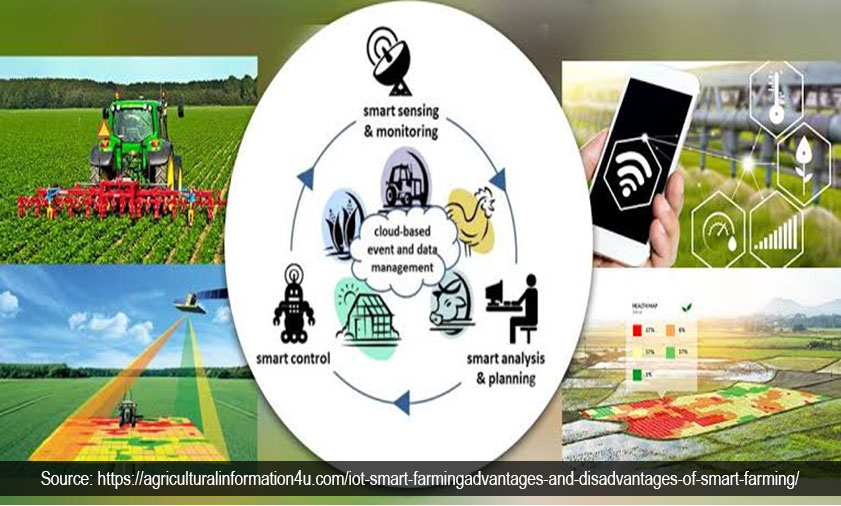Rural areas are generally the ‘countryside’, or a ‘village’ which is sparsely populated. As per the United States Department of Health and Human Services, rural signifies, “all population, housing, and territory not included within an urban area”. The rural sector is characterized by certain features:
- The rural communities are small, and the density of their population is
- There is homogeneity of language, culture, customs in the rural community.
- They are mainly into agriculture, horticulture, and farming.
- They live amidst
- They have relatively slower means of communication which is mostly conventional and less technology based.
According to the International Labour Organisation (ILO), the rural economy has great potential in creating multitudes of job opportunities. Many countries are dependent on the rural economy to add value to their Gross Domestic Product (GDP), however, the flip side being extreme work deficits and poverty. Therefore, it is imperative for the world to promote decent work in the rural economy to eradicate poverty and ensure the pressing needs of an increasing global population are being catered to.
Rural sector in India
Nearly two-thirds (about 65 % – 70 %) of India’s approximately 140 crore population live in the rural regions. They are predominant and contribute close to one-third of the nation’s income. It is rightly said that India lives in her villages. Agriculture sector in India contributes to around 16.38 % of GDP and forms the bulk of rural employment. The major crops cultivated here are cereals, pulses, oilseeds, fruits, vegetables, etc. There is an additional sector which is closely allied to agriculture in India, which is forests, the main bye products being, industrial wood, various types of fuel wood, bamboos and canes, bidis, leaves, lac etc. There are also additional segments of the rural economy encompassing fishing (both inland and marine), horticulture, khadi, and leather etc.
 Source: https://indianexpress.com/article/explained/indian-economy-rural-sector-gdp- lockdown-7340121/
Source: https://indianexpress.com/article/explained/indian-economy-rural-sector-gdp- lockdown-7340121/
Engineering for Rural Development in India
Engineers have a major role in the rural development of India. By making use of innovation, incubation and creativity, engineers can help find technologically feasible and environmentally viable solutions. Rural regions mostly lack these vital resources — electricity, water, income for capital investment, technology, roads, and infrastructure etc. The responsibility for engineers lies in designing need-based solutions to address these technological problems. The role of an engineer is all the more important owing to the increasing commercialization of agriculture and impact of urbanism. Some real-time scenarios are provided below for each sub-sector:
Irrigation
Water is crucial for agriculture. Efficient use of water is the need of the hour. Automated irrigation system can help farmers manage water resourcefully. Instruments like Ground penetrating radar (GPR) can be used by engineers for assessing ground water level.
Safety
Man, Animal Conflicts are on the rise which can be reduced through novel technical solutions. Solutions to help fishermen to raise SOS during emergency situations. Unscientifically designed borewells pose a risk to children. The engineers can come up with well thought out and scientifically valid solutions for the same.
Electricity
There can be decentralize energy solutions in the form of Micro Grids. Floating solar panels can be mounted on Ponds/Canals for co-generation of energy. Power requirements for irrigation pump sets, general purpose can be catered to by above mentioned sources etc.

Communication
The engineers can come up with cost effective and efficient communication networks for helping prosper rural small-scale industries. There is still scope for improving the communication technologies used by fishermen.
Data Analytics
Digitally collected data like weather patterns, water usage statistics etc. can be analyzed using AI to help the rural folk in optimal planning and usage of resources.
Getting accustomed to the prevailing problems in rural India
Aspiring engineers must make efforts to understand the real issues. To start with, they can schedule a visit to a nearby village and gather information regarding their issues. They can talk to village governing bodies regarding possible solutions & implementation. There is abundant scope for innovative solutions that students and engineers can propose and implement. The following domains are of considerable interest and cut across the rural sector:
- bioenergy and algal synthesis
- biomass and biogas technologies
- ecological sanitation
- food quality and safety
- sustainable agriculture
- sustainable housing
- value-added food products
- water and waste management
Engineers must strive to add value to rural India through the development and dissemination of technologies which improve the quality of life, enhance the rural economy, enable sustainable livelihood and a healthy environment.
Dr. Mohan Krishna S
Associate Professor
Electrical &Electronics Engineering Department Alliance University
